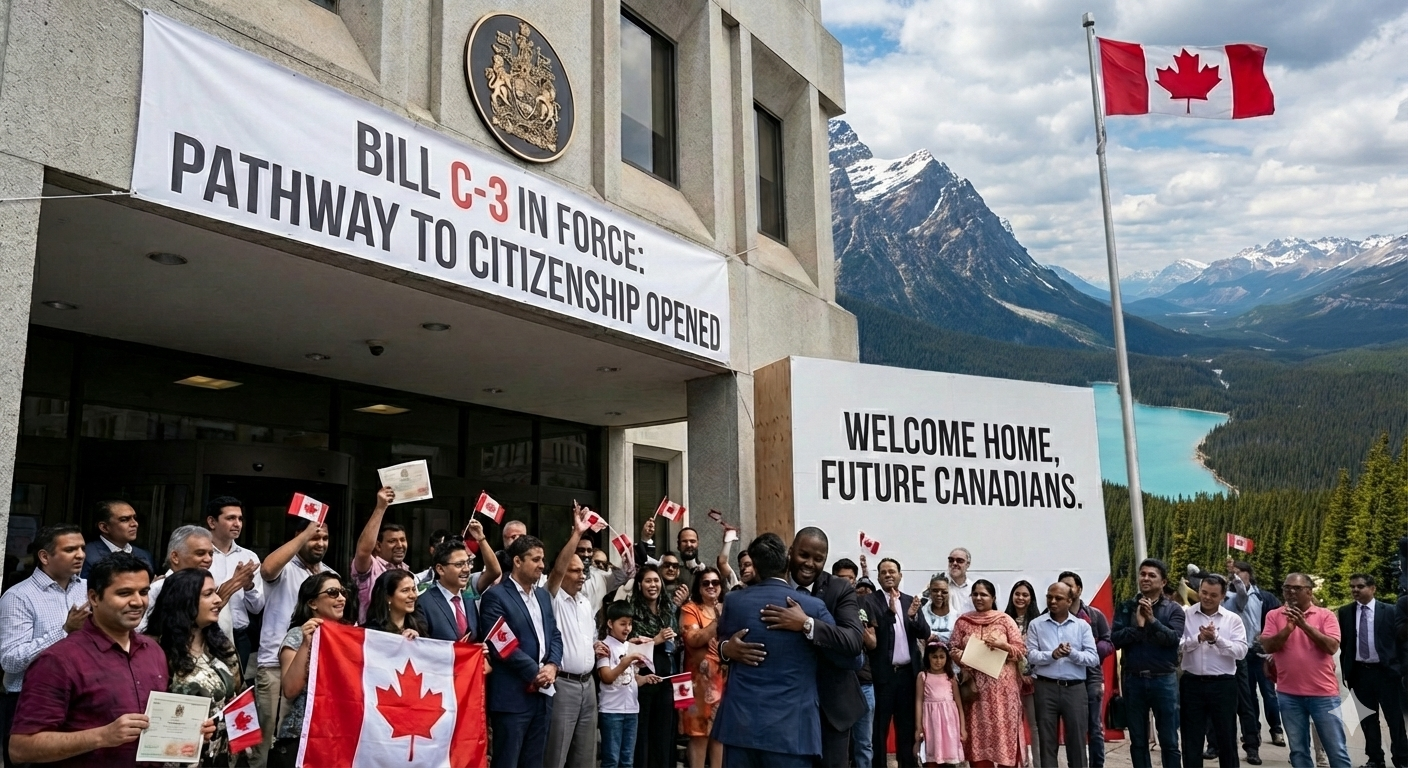How Express Entry Has Transformed Canadian Immigration Over 10 Years

January 31, 2025, marks a decade since Canada launched its
first Express Entry draw. Since then, Immigration, Refugees and Citizenship
Canada (IRCC) has issued more than 800,000 invitations to apply (ITAs) for
permanent residency (PR) through the Express Entry system.
When Express Entry was introduced in 2015, it replaced the
old first-come, first-served approach with a pool-based system. This shift not
only sped up processing times but also made it easier for Canadian businesses
to fill critical labor gaps.
Why Was Express Entry Needed?
Before 2015, skilled workers applied for PR directly to the federal government.
While this approach worked in theory, it led to massive backlogs. At one point,
some applicants had to wait up to seven years for their applications to be
processed. By the time they became permanent residents, their professional
qualifications might have changed or become less relevant. This system wasn’t
efficient for individuals or businesses in need of skilled talent.
To address these challenges, Canada introduced Express
Entry—a system that evaluates applicants based on a points system known as the
Comprehensive Ranking System (CRS). By scoring candidates on factors like age,
education, work experience, and language skills, Express Entry ensures that
those most likely to succeed in Canada are invited to apply for PR first.
How Does Express Entry Work?
Applicants start by creating an online profile, where they provide details
about their education, work experience, and language skills. This profile
receives a CRS score out of 1,200 points. IRCC regularly holds draws from the
pool of applicants, inviting the highest-scoring individuals to apply for
permanent residency. The result is a streamlined process where many
applications are processed within just six months.
Key Changes Over the Past 10 Years
Over the years, Express Entry has evolved to meet Canada’s changing economic
and labor market needs. Early on, valid job offers earned applicants a
significant number of points, making them highly competitive. By 2016, however,
the system was adjusted to reduce the weight of job offers, awarding fewer
points and focusing more on education and language proficiency. This made the
process more equitable and diversified the pool of applicants.
Other adjustments included:
- French
Language Points: Candidates with strong French skills now
earn additional CRS points, helping to bolster Canada’s bilingual
character and attract French-speaking immigrants.
- Family
Connections: Points for having siblings in Canada were
introduced to strengthen family ties and ease the integration of
newcomers.
- Category-Based
Draws: In 2023, IRCC began conducting draws
targeted at specific job sectors, such as healthcare, STEM, trades, and
French-speaking candidates. This allowed Canada to address labor shortages
in key industries more efficiently.
- Changes
During COVID-19: The pandemic led to temporary pauses in
some draws and adjustments to selection criteria. These changes caused
fluctuations in CRS cut-offs, but also demonstrated the system’s
flexibility to adapt to unexpected challenges.
The Ongoing Impact of Express Entry
Ten years after its launch, Express Entry remains a cornerstone of Canada’s
economic immigration policy. Its success in identifying top talent quickly and
efficiently has made it a model for other countries. Recent plans suggest that
Express Entry’s role will continue to grow, with a larger percentage of
economic immigration managed through the system in the years to come.






